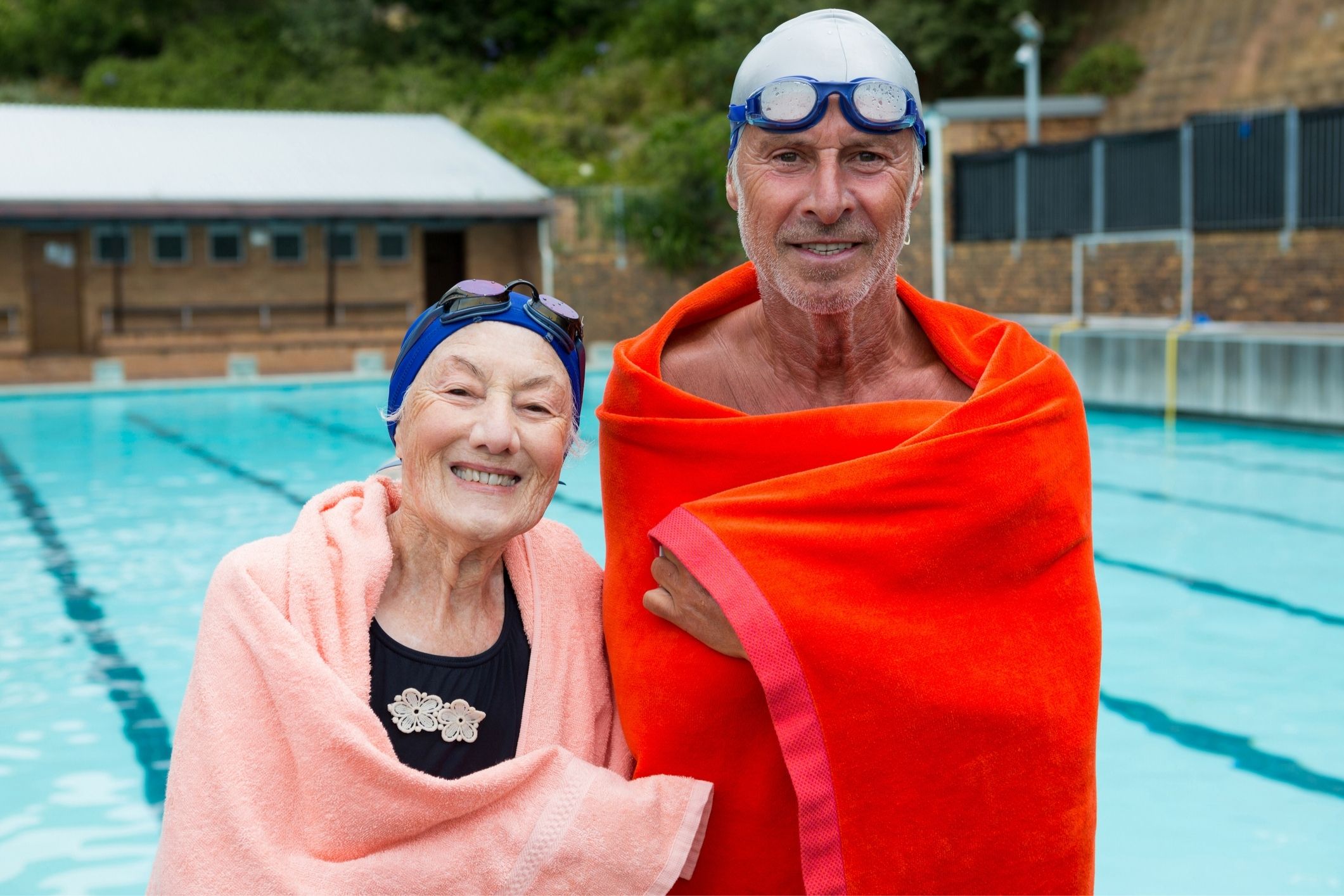
Much of the physical decline associated with ageing might be directly linked to not getting enough exercise. Seniors, especially those aged 65 and over, should stay active for various reasons.
Staying physically fit can improve the chances of maintaining independence, reduce the risk of falls, boost recovery from illnesses, and minimise the risk of developing certain diseases and conditions.
Exercise can improve joint flexibility and bone strength while supporting heart health, healthy blood pressure levels, and even brain function.
No matter your age, it’s never too late to get started with a physical fitness regime or improving your current one.
So, if you’re in an older age group, what are the things to keep in mind for staying physically fit?
1. Find something you enjoy
Motivation can be one of the bigger hurdles to getting and staying fit, no matter your age. For most people, finding something they enjoy doing can help them overcome this barrier.
If you don’t enjoy it, it’ll become a chore rather than something to look forward to. Try walking, swimming, cycling, team sports and hiking. Explore other activities like golf, tai chi, yoga, bowls, dancing, chair aerobics and aqua aerobics.
Find out what you most enjoy and keep at it. Setting goals and tracking your progress with a fitness journal can also enable you to stay focussed and motivated.
Note that with COVID-19, there might be restrictions on the time you spend exercising outside each day.
For this reason, around one-third of seniors have found it hard to keep track of time spent outdoors. As such, make sure you have some indoor activities you enjoy to fall back on.
Making your fitness routine a social event can keep you motivated. Exercise with loved ones and friends so you can motivate each other and socialise while getting fit.
Additionally, look for other ways to make your exercise routine more fun.
Consider how you can work exercise into everyday routines. For example, you could practice yoga movements while watching TV or park farther away when shopping and walk some of the way to the supermarket.
Listening to music or an audiobook while you get active and signing up for exercise classes are other ways to make it more engaging.
Mixing up the types of activity you do can make your workouts more engaging. It’s also important for health. More specifically, you’ll want to integrate balance, cardio, strength and power training, and flexibility into your activities.
For example, posture exercises and tai chi improve balance, while cardio activities like walking and swimming get your heart pumping.
Weight training and elastic-band exercises build strength and bone mass, and yoga enhances your flexibility by getting different joints fully moving.
Starting gradually and building up your routine is a good idea, especially if you have aches and pains or you’re afraid of falling.
By starting slowly, you could minimise the risk of injury and find it easier to stay motivated.
If you have a chronic condition or physical impairment, talk to your physiotherapist or doctor before changing your exercise routine.
Don’t underestimate how much staying hydrated can affect comfort and enjoyment during exercise.
Similarly, wearing appropriate exercise clothing – and, for certain activities like cycling, safety gear – is important for comfort.
Choose clothing that won’t chafe and will keep you cool or warm enough. Remember to warm up before exercising with some stretching and cool down afterwards.
Brisk walking, side stepping, arm swings and squats are effective movements for warming up. For cool-downs, reduce the intensity. For example, if you’ve been running, slow down to a jog and then to a walk.
How much exercise is enough? Official guidelines may suggest around 150 minutes of moderate activity over a week, though if you’re just starting out, you’ll be doing less than this until you build up your physical exercise routine.
Over a week, this could be 30 minutes per session, five days a week. Moderate activities include walking, light jogging, swimming and brisk walking.
For people who are already active, around 75 minutes of vigorous exercise might be sufficient. Using the treadmill, climbing stairs or running are examples of vigorous activity.
You can break this time down to, for example, 20 or 30 minutes three times a week. In addition, you’ll want to complement your moderate and vigorous activities with strength, balance and flexibility activities as mentioned above.
Staying fit is important for seniors. Whether you’re already active and want to stay motivated or have fallen behind in your fitness routine, the fact you’re focussed on keeping fit is an excellent sign.
Most people, regardless of age or fitness level, could probably add more physical movement to their daily lives and reap even more benefits from a combination of activity types.
If you’ve been sedentary and now want to become more active, starting gradually is advisable.
Keep in mind an ideal exercise plan should include balance, cardio, strength and power training, and flexibility.
Ultimately, find something fun and engaging to do, and you’ll reap the health benefits and have another hobby to enjoy in your week.